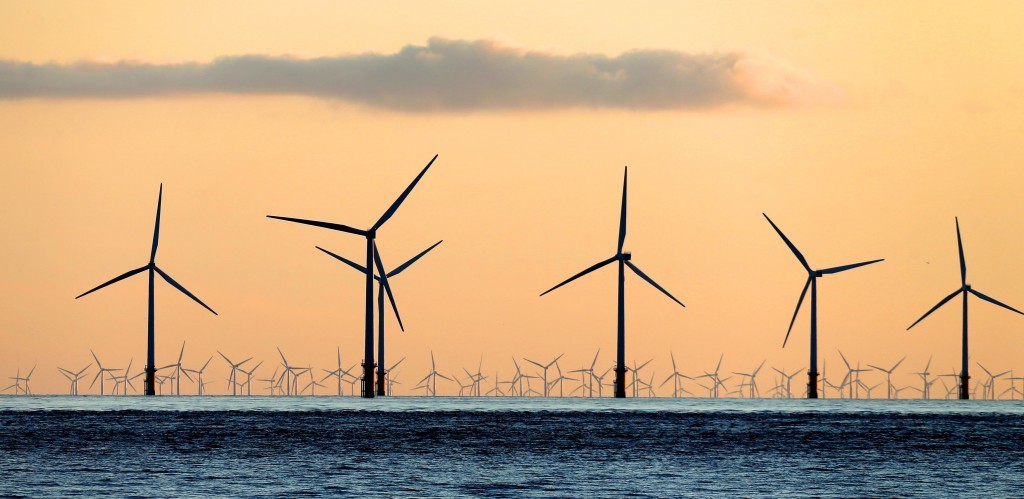
The UK’s offshore wind capacity could increase five-fold by the 2030s, cutting carbon emissions and saving on consumer bills, analysis suggests.
The step change in the amount of wind turbines in the seas around UK coasts could be achieved with contracts that by 2025 are effectively “zero-subsidy”, a report from Aurora Energy Research said.
Measures by government could help offshore wind capacity ramp up from six gigawatts in operation today to 30 gigawatts by the 2030s, saving households around £20 a year on their bills by 2030, the researchers said.
The report called on ministers to continue their policy of ensuring a guaranteed price for electricity generated by offshore wind under the “contracts for difference”.
Guaranteed prices for power secured through auctions for the contracts have already halved in just a few years to as little as £57.50 for the latest planned offshore wind farms.
This would mean no net subsidies for the clean power source over the 15 years of the contract, it said.
Aurora senior project leader Hugo Batten said: “Stabilising future market revenues via contracts for difference significantly reduces risks for investors and is critical in attracting financing and supporting further offshore wind build-out, albeit some future price or merchant risk is transferred to the government and ultimately consumers.”
The report also called for a level playing field to allow offshore wind to gain payments for providing balancing and other services to the grid, such as ramping up and down generation rapidly to help balance supply and demand.
This could result in reductions in the cost of providing such services and increase revenues for offshore wind farm owners.
Together the measures could significantly reduce carbon emissions from the power sector overall and cut system costs by 7%, delivering annual savings of £1-£2 billion for consumers by the 2030s, the report said.
Analysis by Aurora also suggests the costs of managing the intermittency of wind on the system would remain “manageable” even with high amounts of wind capacity on the grid.
Recommended for you
